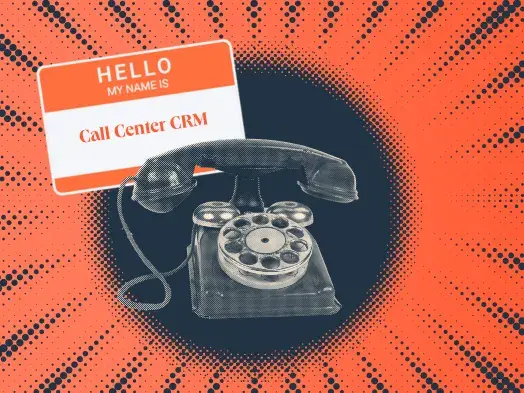6 Simple Product Swaps To Make For The Sake Of Your Hormones
When it comes to endocrine disruptors, simple swaps can go a long way.

Image by Studio Firma / Stocksy May 26, 2023 Our editors have independently chosen the products listed on this page. If you purchase something mentioned in this article, we may There are a lot of benefits to our modern world, but endocrine-disrupting chemicals1 (EDCs) aren’t one of them. Unfortunately, these chemicals are everywhere, and there’s no question that they’re bad news for fertility2, hormone function3, and overall health4. But there is an upside. Cleansing your home environment of these chemicals is easier than you think, and simple swaps can go a long way in minimizing your exposure to EDCs. We spoke with Carly Hartwig, a fertility awareness educator and holistic reproductive health practitioner, about all the ways to clean up your life in the name of fertility and hormone health.
Advertisement
This ad is displayed using third party content and we do not control its accessibility features.
1. From scented linen fresheners to detergents to hand soaps, you'll want to know about the products that may contain ingredients to steer well clear of. “Swap out products that list ‘fragrance’ or ‘parfum’ since at least 85%5 of undisclosed fragrance blends contain phthalates,” advises Hartwig. “These are known endocrine disruptors that are especially problematic for sperm health.6” Parabens are another ingredient to avoid. “You'll often see a prefix, as in ‘methylparaben’ or ‘propylparaben’,” says Hartwig. Be cautious around bisphenols (including BPA) as well, another well-known group of EDCs. 2. Conventional cleaning products can contain a potentially toxic mix7 of carcinogens, volatile organic compounds (VOCs), and undisclosed fragrances, so Hartwig advises swapping them out for low-tox options. You can find plenty of greener alternatives on shelves or mix up your own DIY cleaners using simple, safe ingredients like baking soda and vinegar. This ad is displayed using third party content and we do not control its accessibility features. Hartwig recommends opening your windows and doors each day. Unless you live in a highly polluted area, chances are your indoor air is more polluted8 than your outdoor air due to indoor combustion sources, like the gas stove you cook on every night or your favorite scented candle. 4. This ad is displayed using third party content and we do not control its accessibility features. 5. That tidy stack of plastic food storage containers in the fridge has got to go! “Swap out your plastic food storage containers for glass, or at the very least commit to never microwaving your food in plastic containers,” says Hartwig. “Heat expedites the leaching process for phthalates, bisphenols, and microplastics," she adds. Here are some doable ways to reduce your plastic exposure at home. It’s easy to feel overwhelmed when you start thinking through all the ways EDCs are present in your home. But “know that every little swap helps,” says Hartwig. “Start with a product you’re about to run out of, ideally something you don’t have emotional attachment to, like a cleaning product. Once it’s empty, find a safer option.” She says she’s done her own low-tox journey one product at a time, and it’s definitely manageable. “Studies have found that we can majorly reduce the concentration of EDCs in our urine in just three days9 of using safer products," she adds. This means that the following swaps are bound to add up fast: This ad is displayed using third party content and we do not control its accessibility features.Learn the ingredients worth avoiding
Revise your approach to cleaning
Advertisement
Invest in detoxifying appliances and supplements
Advertisement
Say peace out to plastic in the kitchen
Advertisement
The takeaway
Our world is full of chemicals that can harm hormonal and reproductive health in high amounts, but there are plenty of ways to reduce your exposure at home. Making simple swaps, being choosy about scented products, and investing in a high-quality supplement can all go a long way.

 BigThink
BigThink 
-v1645803996835.jpg?1148x800)
































